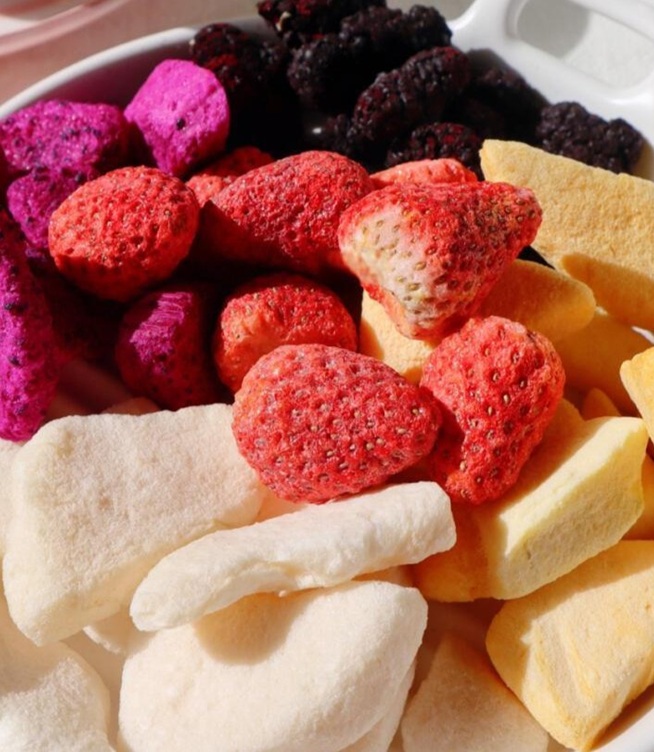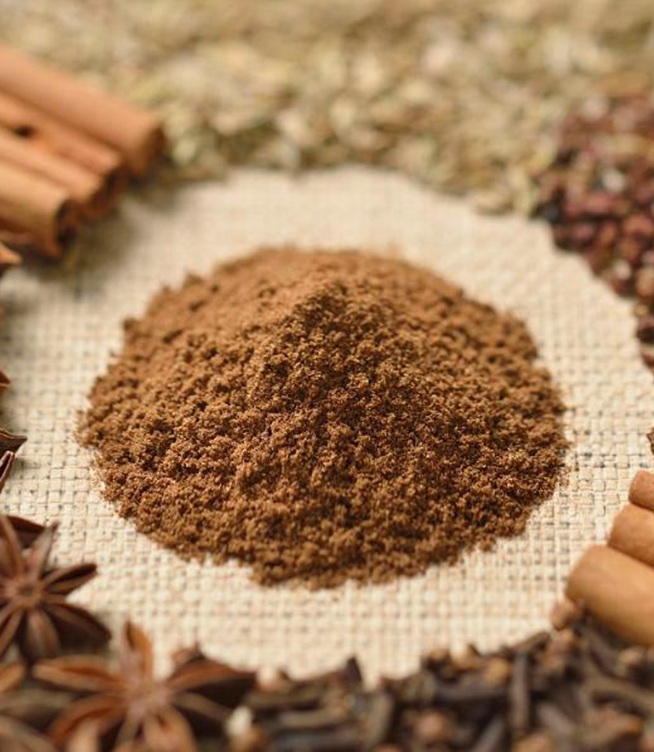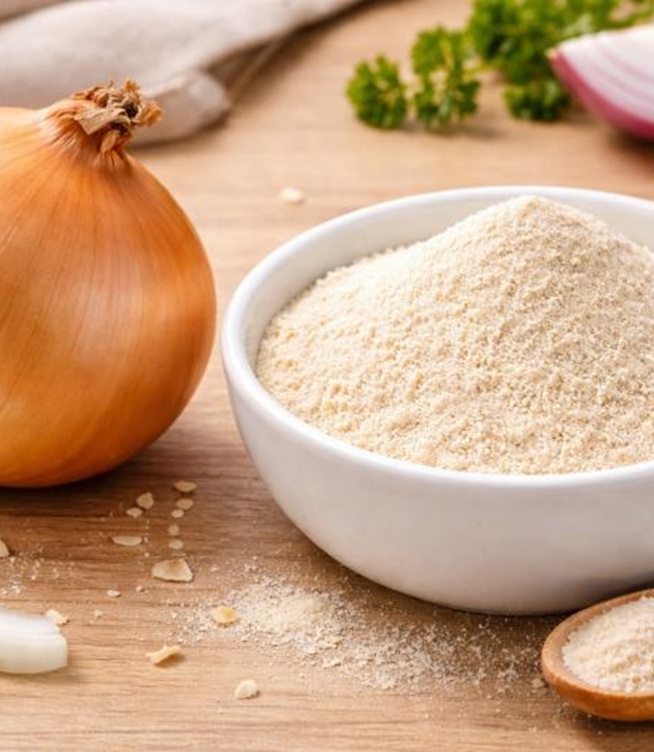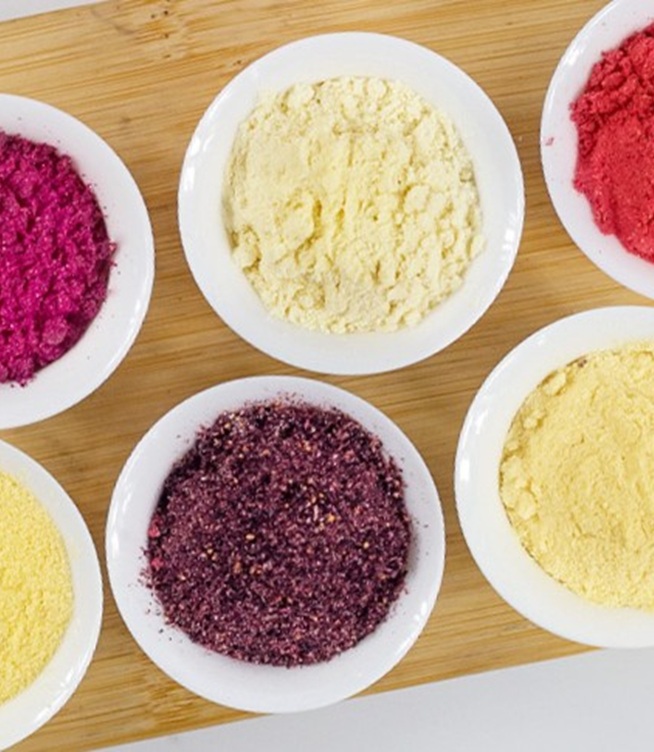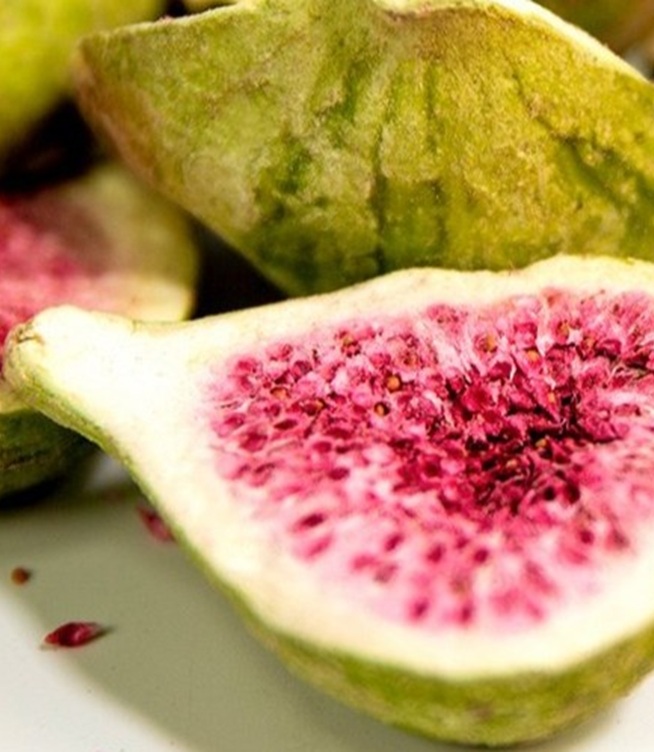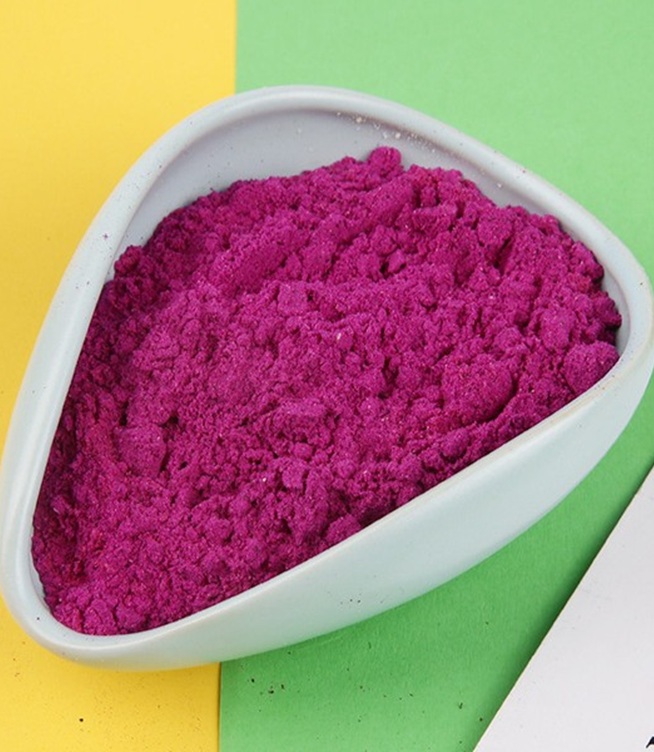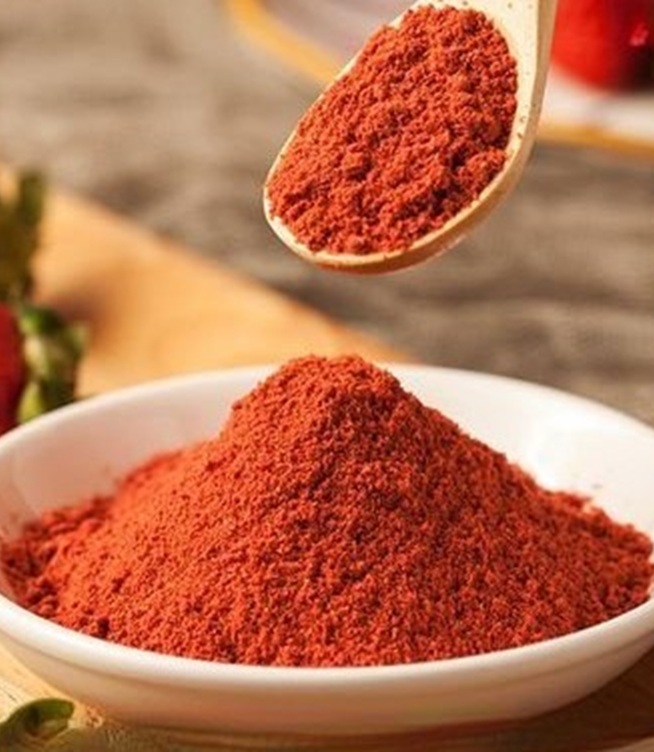A Complete List of Dried Vegetables and Their Uses
Let’s explore the diverse world of dried vegetables, uncovering their unique characteristics and the roles they play in kitchens across cultures.
Root Vegetables: Earthy Staples with Staying Power
Root vegetables, with their dense flesh and robust flavors, are among the most versatile candidates for dehydration. Carrots, for instance, transform into sweet, chewy morsels when dried. Their natural sugars concentrate during the process, making them a popular addition to trail mixes, stews, and even baked goods like carrot cake. Dehydrated sweet potatoes, sliced thinly and crisped, become a nutrient-dense snack rich in beta-carotene and fiber—far superior to conventional potato chips.
Beets, often overlooked in their dried form, reveal a surprising depth. When dehydrated, their earthy sweetness intensifies, and their vibrant crimson hue remains strikingly vivid. Crumbled into salads or blended into powders, dried beets add both color and a boost of folate, manganese, and antioxidants. Even humble potatoes, when dried and rehydrated, retain their comforting starchiness, serving as a reliable base for camping meals or quick mashed potato dishes.
Leafy Greens: Compact Powerhouses of Nutrition
Leafy greens may seem fragile, but dehydration unlocks their potential as shelf-stable superfoods. Kale, once dried, becomes a crispy snack that rivals the crunch of commercial chips. Its iron content becomes more concentrated, offering a plant-based iron source that pairs well with vitamin C-rich foods for optimal absorption. Spinach, another dehydration favorite, shrinks dramatically in volume but retains nearly all its magnesium, potassium, and vitamin K. Powdered dried spinach can be stealthily stirred into smoothies, soups, or pasta dough, imparting nutrients without altering flavor.
Herbs like parsley, basil, and cilantro also fall into this category. While not vegetables in the traditional sense, their dried forms are indispensable in kitchens worldwide. A pinch of dried oregano can elevate a pizza, while crumbled dried mint adds freshness to Middle Eastern dishes like tabbouleh or yogurt dips. Unlike fresh herbs, which wilt within days, their dried counterparts maintain potency for months, ensuring a burst of flavor even when fresh options are unavailable.
Nightshades: Bold Flavors Preserved
The nightshade family—tomatoes, peppers, eggplants, and potatoes—offers some of the most iconic dried vegetables. Sun-dried tomatoes, a Mediterranean staple, are perhaps the best-known example. Their umami-rich, almost caramelized flavor makes them a star in pasta dishes, salads, and dips. Dehydration intensifies their lycopene content, an antioxidant linked to heart health, while their chewy texture adds contrast to creamy dishes like risotto or hummus.
Bell peppers, when dried, take on a smoky sweetness. In Hungarian cuisine, dried paprika peppers are ground into the spice that defines dishes like goulash. Similarly, dried chili peppers form the backbone of countless global cuisines, from Mexican mole to Indian curries. Eggplant, though less common in dried form, becomes a meaty, versatile ingredient when sliced and dehydrated. Rehydrated with broth, it absorbs flavors beautifully in stews or casseroles, offering a satisfying texture akin to mushrooms.

Legumes and Pods: Protein-Packed Versatility
Beans and peas, when dried, transcend their reputation as pantry staples. Green peas, for example, dehydrate into bright, sweet nuggets that can be eaten as snacks or rehydrated for soups and rice dishes. Their protein and fiber content remains intact, making them a filling addition to vegetarian meals. Edamame, or young soybeans, dried and lightly salted, offer a crunchy alternative to nuts, packed with plant-based protein and isoflavones.
Okra, a divisive vegetable due to its slimy texture when fresh, undergoes a remarkable transformation when dried. Sliced thinly and dehydrated, it loses its mucilaginous quality and gains a crispness that works well in Southern-style gumbo or as a chip alternative. Dried okra also retains its high vitamin K and folate content, supporting bone health and cellular function.
The Unexpected Stars: Unconventional Dried Vegetables
Beyond the familiar, the world of dried vegetables includes lesser-known varieties that deserve attention. Mushrooms, an non-vegetable often grouped with produce, shine in dried form. Shiitake, porcini, and morel mushrooms develop deeper, earthier flavors when dehydrated. A handful of dried mushrooms soaked in water creates a rich broth that forms the base of soups, sauces, and risottos. Their glutamic acid content enhances savory dishes naturally, reducing the need for added salt or MSG.
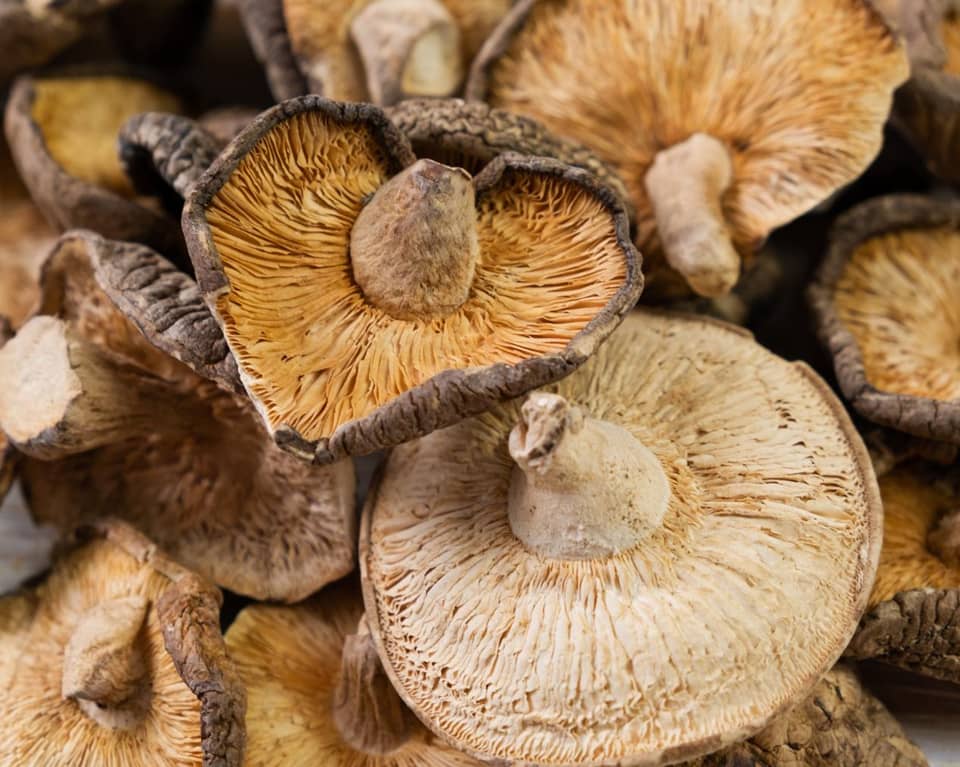
Even corn, when dried, becomes a versatile ingredient. Whole dried corn kernels can be ground into masa for tortillas or popped into ancient-style popcorn. Freeze-dried corn, with its bright crunch, adds texture to salads and grain bowls, while its lutein and zeaxanthin content supports eye health.
Preservation Techniques: From Ancient to Modern
The art of drying vegetables varies across cultures and technologies. Traditional sun-drying, still practiced in regions with arid climates, imbues vegetables with a subtle smokiness from exposure to open air. In Japan, daikon radish is often air-dried into kiriboshi daikon, a chewy, slightly sweet ingredient used in simmered dishes. Modern methods like freeze-drying, which removes moisture through sublimation, preserve vibrant colors and nutrients better than heat-based techniques. Freeze-dried peas, for instance, retain their bright green hue and snap when rehydrated, making them popular in instant meals and astronaut food!
Home dehydrators offer a middle ground, allowing enthusiasts to experiment. Slicing vegetables uniformly, blanching some veggies like broccoli to preserve color, and monitoring temperature are key to successful DIY dehydration. The result? Custom blends for soups, snacks, or even homemade vegetable bouillon cubes.
How to Use Dried Vegetables
Dried vegetables thrive in dishes where their concentrated flavors can shine. A classic minestrone soup benefits from dried onions, celery, and carrots rehydrated in tomato broth. For a quick weeknight meal, toss rehydrated dried mushrooms and zucchini into a creamy pasta sauce. Adventurous cooks might grind dried vegetables into powders—think beet powder for natural food coloring or spinach powder for enriching bread dough.
In global cuisines, dried vegetables are transformative. In India, sukhi sabzi (dried vegetable curries) showcase sun-dried gourds and eggplants cooked with spices. In Ethiopia, kolo—a snack mix of roasted dried chickpeas and lentils—provides protein-packed fuel. Even desserts can benefit: try adding rehydrated dried pumpkin to muffins or blending dried sweet potato into pie fillings.
A Sustainable Choice for Modern Living
Dried vegetables align perfectly with today’s emphasis on sustainability. Their long shelf life reduces food waste, and their lightweight nature lowers transportation emissions compared to fresh produce. For urban dwellers with limited fridge space, a jar of dried kale or tomatoes ensures access to nutrients year-round. Moreover, buying dried vegetables in bulk supports a zero-waste lifestyle, as many stores offer refillable options.
Conclusion: Rediscovering the Magic of Dried Vegetables
Dried vegetables are far more than a backup plan for when fresh isn’t available. They represent a bridge between tradition and innovation, offering concentrated nutrition, bold flavors, and culinary flexibility. As we navigate a fast-paced world, dried vegetables remind us that preservation isn’t about compromise—it’s about celebrating abundance in its most resilient form. So next time you open your pantry, consider the humble dried vegetable not as a second choice but as a secret weapon waiting to elevate your meals, nourish your body, and connect you to a timeless global tradition.

